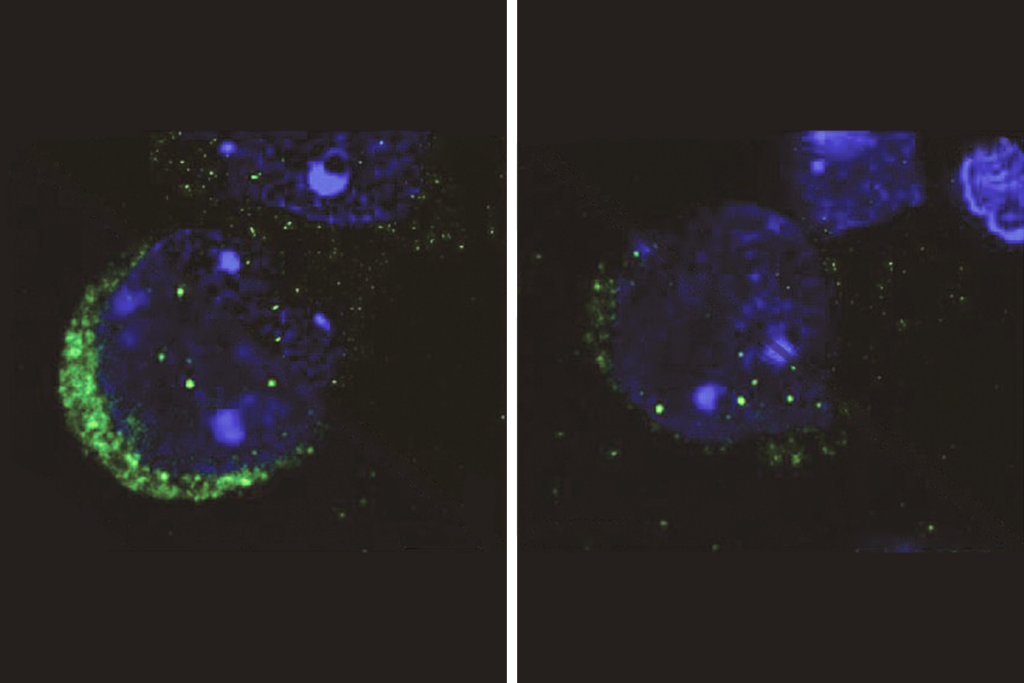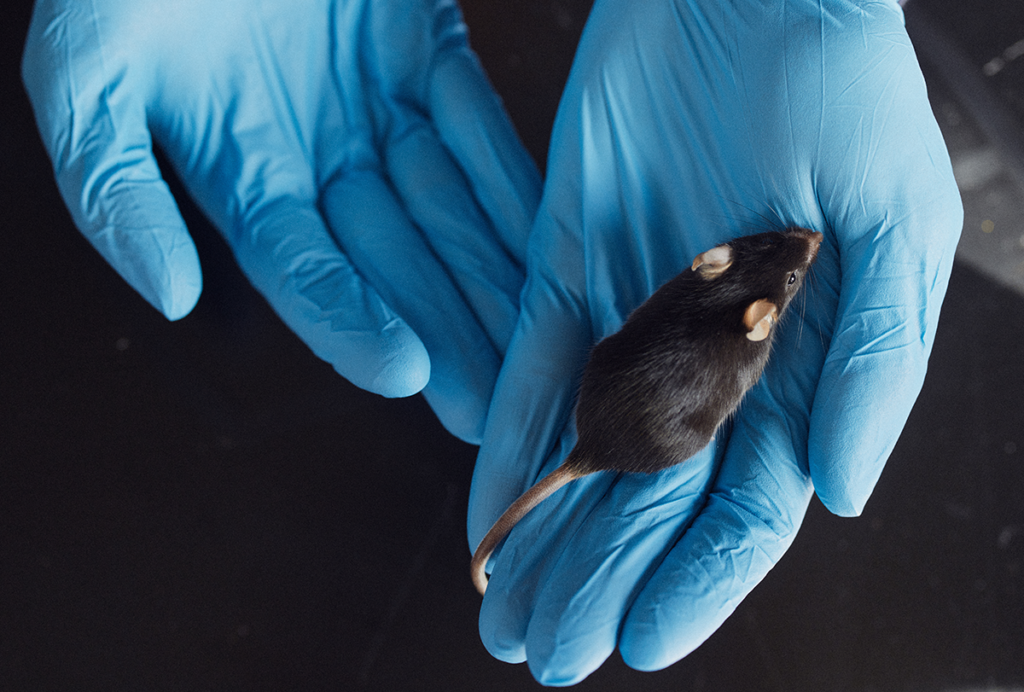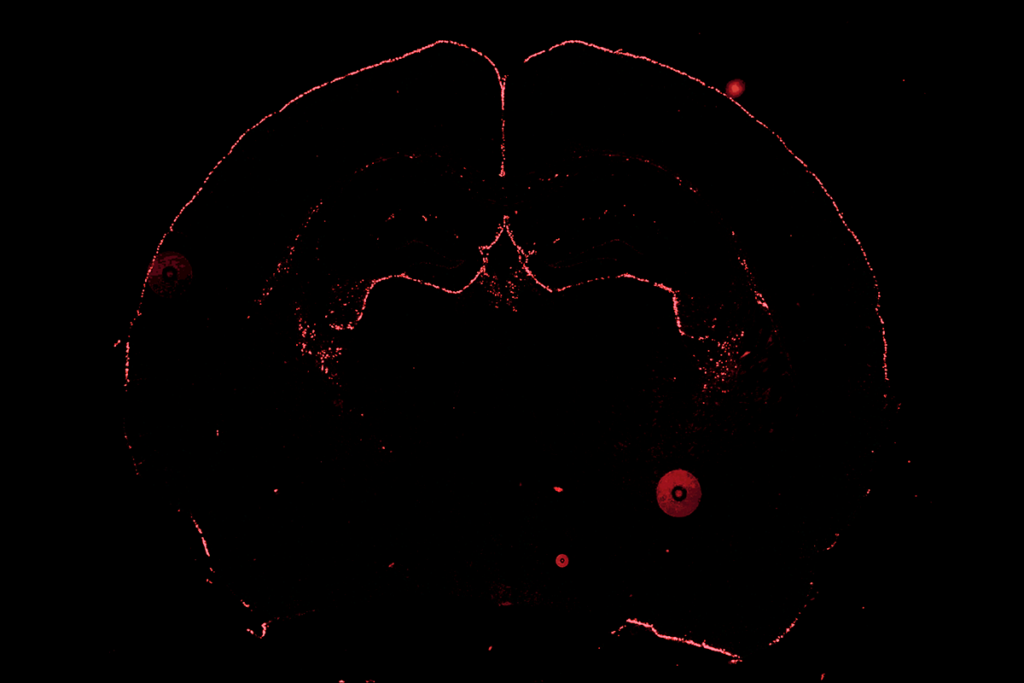Autism characteristics differ by gender, studies find
Two studies published in the past month lend support to the notion that autism looks different in girls than it does in boys, making it harder to recognize and diagnose in girls. The studies reflect growing suspicion in the research community that the underlying biology and the experiences of girls with autism may both be distinct.
Two studies published in the past month lend support to the notion that autism looks different in girls than it does in boys, making it harder to recognize and diagnose in girls. The studies reflect growing suspicion in the research community that the underlying biology and the experiences of girls with autism may both be distinct.
The first study, published in the March issue of the Journal of the American Academy of Child and Adolescent Psychiatry, is the largest yet to try to parse the differences between boys and girls with the disorder1.
The researchers report that autism characteristics in girls depend on their level of intelligence. “On the lower end, they tend to have more social communication impairment and lower cognitive ability” than boys who have the disorder, says study leader Thomas Frazier, director of the Center for Autism at the Cleveland Clinic in Ohio. “On the higher end, they have fewer restricted interests.”
These differences may make it tricky for parents, teachers and doctors to recognize the signs of autism in girls. This is especially true because autism has traditionally been thought of as a boy problem: Four times as many boys as girls are diagnosed with the disorder.
“For a long time the gender disparity has been talked about as if it’s a fact,” says Jane McGillivray, associate professor of psychology at Deakin University in Victoria, Australia. McGillivray led the second study, a pilot effort to investigate friendship skills in girls and boys with high-functioning autism, published 28 February in Molecular Autism2.
Researchers are now beginning to question the degree to which this gender disparity is real.
Some studies have found that girls may be genetically protected from developing autism. Others suggest that autism is underdiagnosed in girls — that is, clinicians often fail to recognize the disorder, especially in girls with normal intelligence.
Defining gender differences in the symptoms of autism may help researchers nail down how much each of these possibilities contributes to the skewed diagnostic ratio.
High and low:
The first study draws on information from 304 girls and 2,114 boys with autism enrolled in the Simons Simplex Collection (SSC), a database of individuals with autism and their unaffected parents and siblings. (The SSC is funded by the Simons Foundation, SFARI.org’s parent organization.)
Some of the findings echo those of previous studies of gender differences in autism, but this study is substantially larger, adding heft to the results.
Among individuals with autism who have an intelligence quotient (IQ) lower than 70, girls have greater social communication impairments than do boys, the researchers found. Girls in this group also have lower IQs on average than the boys do.
Those findings are consistent with previous studies showing that females diagnosed with autism tend to be more severely affected than males. They are also in line with the hypothesis that more mutations are required to produce autism in females. “Females may require extra hits, but once they get those extra hits they become severely affected,” Frazier says.
Curiously, the researchers also found that regardless of IQ, girls with autism show more irritability and externalizing behaviors than boys who have the disorder. That’s a surprise because externalizing behavior — that is, acting out — is typically thought of as a boy-like behavior.
Finally, for individuals with IQs above 70, the most striking difference between girls and boys with autism is a lower prevalence of restricted interests among girls.
Some researchers say this last finding doesn’t jibe with clinical experience. “They do have restricted interests, but their restricted interests are more socially appropriate,” says David Skuse, professor of behavioral and brain sciences at University College London, who was not involved in either study.
For example, a 10-year-old girl with autism might bombard a listener with facts about her favorite pop star whereas a boy might rattle off train timetables, and a teen girl with the disorder might obsessively collect makeup rather than old coins. Clinicians may be more alert to certain stereotypical restricted interests, such as trains, than they are to female topics.
“The problem is that the way we have defined autism, conventionally, is a male stereotype,” Skuse says.
Frazier says that because the analysis found a large difference in the level of restricted interests between boys and girls, this gender difference is probably real. In addition, he notes that highly trained clinicians evaluated individuals enrolled in the SSC and would have picked up on restricted interests even in the girls.
Still, it’s possible that the clinicians missed some subtle symptoms, Frazier says. The girls’ “restricted interests may just be more female-specific presentations that we’re not picking up in the data.”
The results suggest that clinicians need to be extra diligent about looking for restricted interests in girls, Frazier says. Otherwise, high-functioning girls might be labeled as having social communication disorder — a new diagnostic category that involves social impairments but not the restricted interests and repetitive behaviors characteristic of autism.
It may also be easy to misdiagnose girls with low IQ as having intellectual disability alone. In both cases, these girls would miss out on behavioral interventions that could improve their social deficits.
Female prism:
The second study also suggests that autism can be subtle and difficult to identify in girls. McGillivray and her colleagues administered the Friendship Questionnaire to 25 girls and 25 boys with autism, all aged 10 to 16 years. This questionnaire contains 35 multiple-choice questions to assess an individual’s understanding of friendship and the quality of his or her social relationships3.
Not surprisingly, the researchers found that individuals with autism score lower on the Friendship Questionnaire than controls do.
Within the control group, boys score lower than girls do — consistent with the general sense that girls have better social skills. Among those with autism, too, scores differ by gender: Girls with autism have higher scores than boys with the disorder, but their scores are lower than those of girls in the control group.
“The interesting bit is that females with autism were similar to the typically developing males,” says McGillivray.
Together, Frazier says, the two new studies suggest that “maybe we need sex-specific norms for some of the instruments we use.” Instead of evaluating girls’ restricted interests or social skills on an absolute scale, he says, researchers should compare their scores with those of unaffected girls of the same age.
It’s possible that girls with subtle social deficits aren’t diagnosed with autism because they don’t actually have autism. Yet many clinicians insist that many of these girls have the disorder, though they have trouble explaining why. Conversation with these girls “just has that quality of not quite meshing,” McGillivray says. “It is very difficult to specify.”
Experts say that in order to understand gender differences in autism — and to improve diagnosis for girls — they will need to better define what is abnormal about these girls’ behavior.
As a step in that direction, Frazier plans to look for questions about restricted interests and repetitive behavior on autism tests that garner similar answers for girls and boys. That subset of questions may do a better job of picking up the behaviors in girls, he says.
Researchers may also need to design studies that include girls with subtle social difficulties who are not diagnosed with autism. That’s because the field currently has a chicken-and-egg problem: trying to characterize autism in girls by studying girls diagnosed according to boy-centric criteria.
“When you’re looking at the female phenotype, if you look at it through the male prism you’ll only see the male characteristics of autism,” Skuse says. “You only see what you expect to see.”
References:
1: Frazier T.W. et al. J. Am. Acad. Child Adolesc. Psychiatry 53, 329-340 (2014) PubMed
2: Head A.M. et al. Mol. Autism 5, 19 (2014) PubMed
3: Baron-Cohen S. and S. Wheelwright J. Autism Dev. Disord. 33, 509-517 (2003) PubMed
Recommended reading

New tool may help untangle downstream effects of autism-linked genes

NIH neurodevelopmental assessment system now available as iPad app

Molecular changes after MECP2 loss may drive Rett syndrome traits
Explore more from The Transmitter
Who funds your basic neuroscience research? Help The Transmitter compile a list of funding sources

The future of neuroscience research at U.S. minority-serving institutions is in danger
